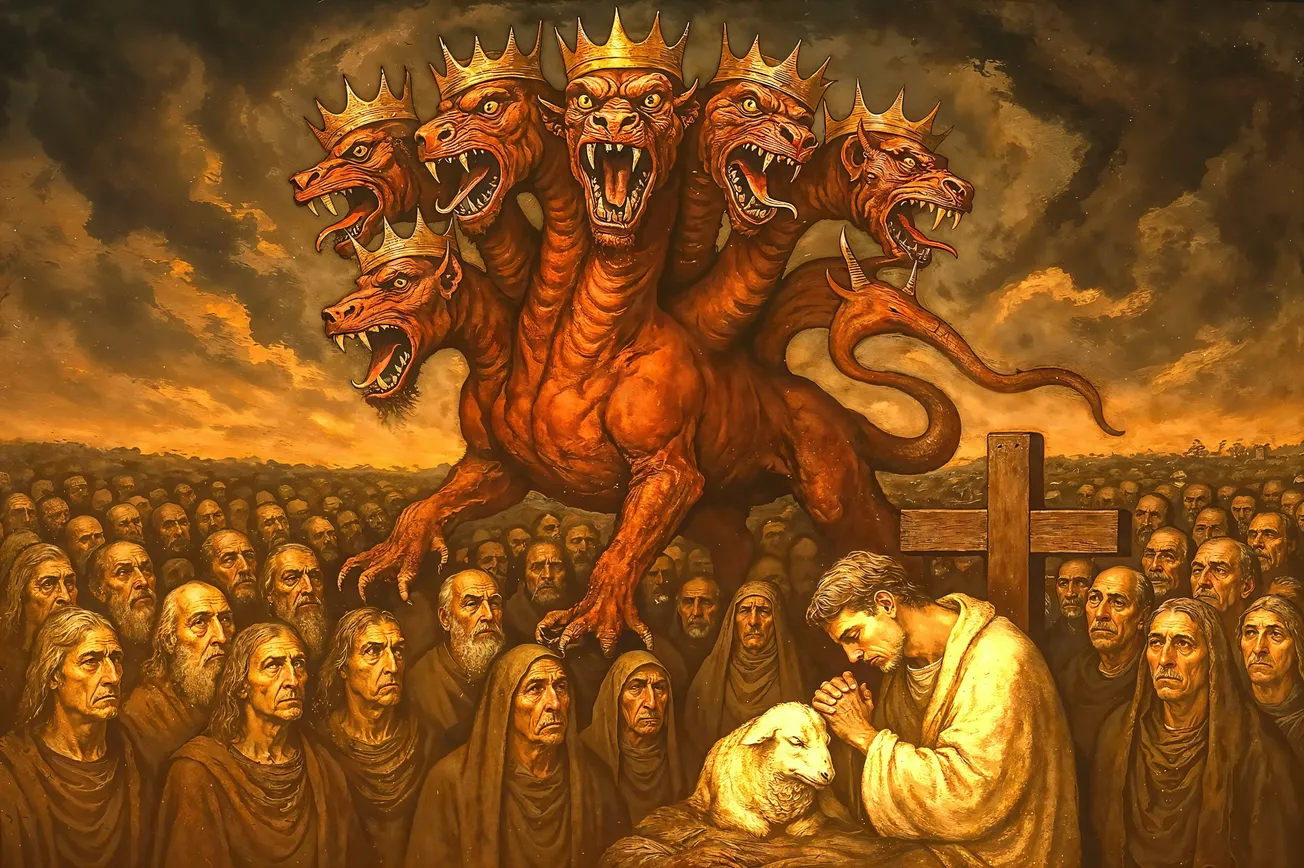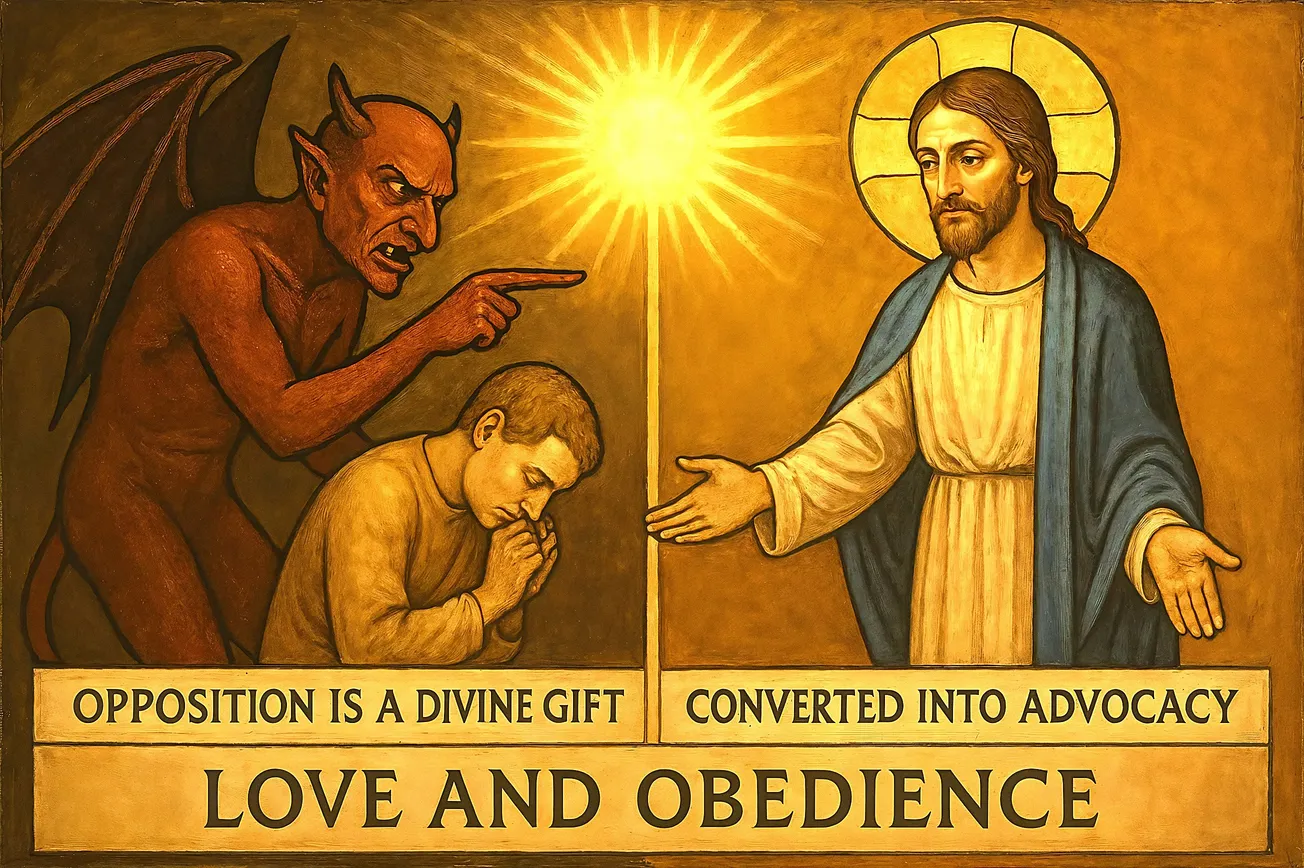The Book of Revelation (often mistakenly pluralized as "Revelations") is part of the New Testament, written in Greek likely in the late 1st century CE by John (traditionally identified as the apostle John, though authorship is debated). Revelation 13:8 is a key verse within a highly symbolic, apocalyptic chapter describing end-times visions.
The Dead Sea Scrolls (DSS), discovered between 1946 and 1956 in caves near Qumran by the Dead Sea, do not contain any New Testament texts, including the Book of Revelation.
The DSS primarily consist of Hebrew and Aramaic manuscripts of Old Testament books (such as Isaiah, Psalms, and Daniel), sectarian writings (like community rules of a Jewish group, possibly Essenes), and some apocryphal or pseudepigraphal works, dating from approximately 250 BCE to 68 CE. These scrolls provide invaluable insights into pre-Christian Judaism and textual variants in the Hebrew Bible but offer no direct evidence for New Testament writings, which were composed later and in Greek.
Apocalyptic themes in some DSS texts (e.g., the War Scroll or descriptions of cosmic battles) bear stylistic similarities to Revelation, but Revelation itself is absent.
The oldest surviving manuscripts of Revelation date to the 3rd century CE, far later than the DSS. Key examples include:
- Papyrus 47 (P47): A 3rd-century (c. 200–250 CE) Greek papyrus fragment from Egypt, containing Revelation 9:10–17:2, including 13:8. It is one of the earliest witnesses to the text and aligns with the Alexandrian text type (generally considered reliable and early).
- Papyrus 115 (P115): Another 3rd-century (c. 225–275 CE) Greek fragment, also from Egypt, preserving parts of Revelation chapters 2–15, including chapter 13. It is fragmentary but supports the same core reading for 13:8 as P47.
- Codex Sinaiticus: A complete 4th-century (c. 330–360 CE) Greek uncial manuscript, one of the oldest full New Testaments, which includes Revelation 13:8 in a form consistent with the earlier papyri.
These manuscripts show remarkable consistency in the Greek text of Revelation 13:8, with only minor variants (discussed below). No significant differences alter the verse's core meaning across these ancient sources.
The Text of Revelation 13:8
The Greek text from the oldest manuscripts (e.g., P47 and the critical editions based on early witnesses like it) reads:
καὶ προσκυνήσουσιν αὐτὸν πάντες οἱ κατοικοῦντες ἐπὶ τῆς γῆς, οὗ οὐ γέγραπται τὸ ὄνομα αὐτοῦ ἐν τῷ βιβλίῳ τῆς ζωῆς τοῦ ἀρνίου τοῦ ἐσφαγμένου ἀπὸ καταβολῆς κόσμου.
A literal English translation, reflecting the oldest readings, is:
"And all those dwelling on the earth will worship it [the beast], [every one] whose name has not been written in the book of life of the Lamb [who was] slain from [the] foundation of [the] world."
Modern translations vary slightly due to syntactic ambiguity (explained below):
- NASB (attaching the time clause to "written"): "All who live on the earth will worship him, everyone whose name has not been written since the foundation of the world in the book of life of the Lamb who has been slaughtered."
- KJV (attaching the time clause to "slain"): "And all that dwell upon the earth shall worship him, whose names are not written in the book of life of the Lamb slain from the foundation of the world."
- ESV (similar to NASB): "And all who dwell on earth will worship it, everyone whose name has not been written before the foundation of the world in the book of life of the Lamb who was slain."
Textual Variants in Ancient Manuscripts
The text is highly stable, but there are minor variants:
- Singular vs. Plural "Name/Names": The oldest manuscripts (P47, P115, Codex Sinaiticus) use the singular "ὄνομα" (name), emphasizing each individual. Later Byzantine manuscripts (basis for the Textus Receptus and KJV) use plural "ὀνόματα" (names), a harmonization for grammatical agreement with "all those dwelling." This does not change the meaning but reflects scribal preferences.
- Other Minor Issues: Occasional omissions or additions of articles (e.g., "the" before "name") or slight word order shifts, but none affect doctrine. No variants unique to P47 or P115 are noted for this verse; they align with the critical text. (Note: Nearby verse 13:18 has a famous variant—666 vs. 616 in P115—but 13:8 is unaffected.)
Detailed Explanation of the Content
Revelation is an apocalyptic letter, using vivid imagery, numbers, and symbols to convey messages of judgment, perseverance, and hope to early Christians facing persecution (likely under Roman emperors like Domitian). Chapter 13 focuses on two "beasts" as agents of evil in a cosmic drama.
Broader Context of Revelation 13
- The chapter depicts a "beast from the sea" (verses 1–10), symbolizing a tyrannical power or empire (often interpreted as Rome or a future antichrist figure). It has seven heads, ten horns, and blasphemous names, blending traits of animals from Daniel 7 (leopard, bear, lion). The dragon (Satan, from chapter 12) empowers it, and it recovers from a fatal wound, astonishing the world.
- A second "beast from the earth" (verses 11–18) enforces worship of the first beast, performs miracles, and mandates a mark (666) for economic participation.
- The chapter warns of deception, persecution of saints, and the need for endurance (verse 10: "Here is a call for the endurance and faith of the saints").
Specific Meaning of Verse 13:8
This verse describes the universal worship of the first beast, with a crucial exception:
- "All those dwelling on the earth will worship it [the beast]": "Earth-dwellers" (οἱ κατοικοῦντες ἐπὶ τῆς γῆς) is a recurring phrase in Revelation for unbelievers aligned with worldly powers, contrasted with heaven-oriented believers (e.g., Rev 3:10, 6:10). Worship here implies allegiance, idolatry, and submission to evil authority, echoing Roman emperor cults where citizens were pressured to honor the emperor as divine.
- "Whose name has not been written in the book of life": The "book of life" (βιβλίῳ τῆς ζωῆς) is a metaphor from Old Testament imagery (e.g., Exodus 32:32, Psalm 69:28, Daniel 12:1) for God's record of the redeemed. Those not listed are doomed to judgment (Rev 20:15). The exception highlights divine sovereignty: true believers, sealed by God, resist the beast's deception.
- "Of the Lamb [who was] slain": The "Lamb" (ἀρνίου) is Jesus Christ, the sacrificial Passover Lamb (John 1:29, Rev 5:6–12). "Slain" (ἐσφαγμένου) refers to his crucifixion, emphasizing atonement.
- "From the foundation of the world" (ἀπὸ καταβολῆς κόσμου): This prepositional phrase creates ambiguity in Greek syntax—it could modify "slain" (Christ's death predestined eternally, as in 1 Peter 1:19–20) or "written" (names eternally inscribed, implying predestination, as in Ephesians 1:4). Early church fathers like Origen favored the former, while modern scholars (based on parallel structures in Rev 17:8) lean toward the latter. Theologically, it underscores eternal divine plans amid temporary evil triumphs.
Theological and Symbolic Insights
- Themes of Deception and Loyalty: The verse warns of mass delusion (2 Thessalonians 2:9–12 parallel), where humanity bows to false powers unless anchored in Christ. It's a call to faithfulness amid tribulation.
- Predestination and Free Will: The "book of life" evokes election debates—names written eternally suggest God's foreknowledge, yet Revelation urges choice (e.g., "come out of her, my people" in 18:4).
- Historical Interpretations: Preterists see the beast as Nero/Rome (1st century); historicists as papal or imperial powers; futurists as a future antichrist. Idealists view it symbolically as any anti-God system.
- Connection to Broader Revelation: Echoes the Lamb's victory (Rev 5), the sealed 144,000 (Rev 7, 14), and final judgment (Rev 20–21), where the book of life determines eternity.
In summary, Revelation 13:8 portrays a world captivated by evil, except for God's elect, whose security rests in Christ's eternal sacrifice. While not in the DSS, its oldest forms affirm a message of hope and warning preserved through centuries.




